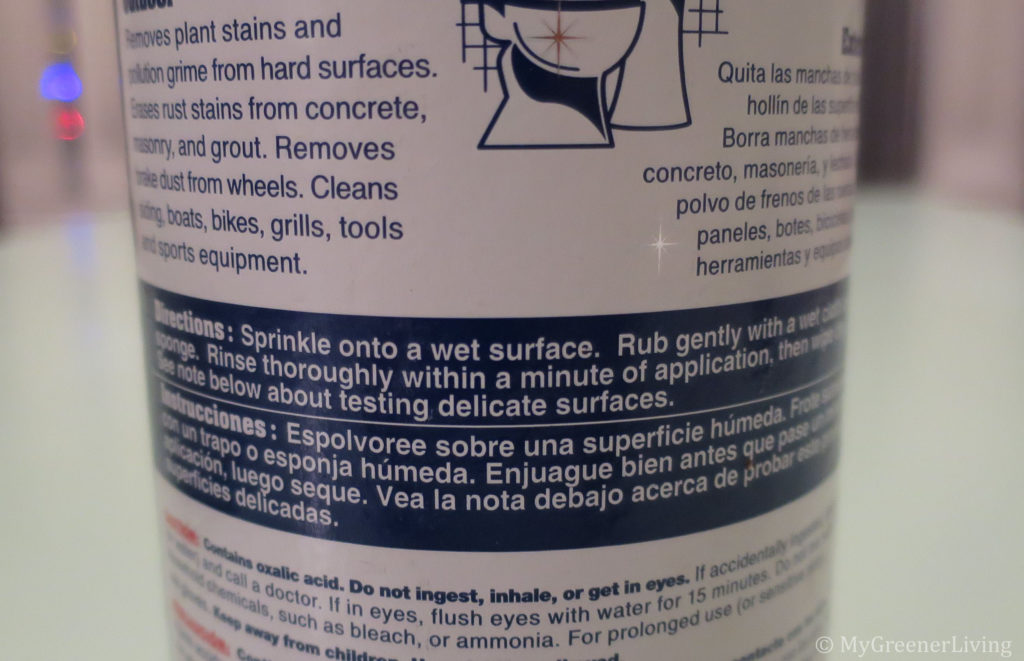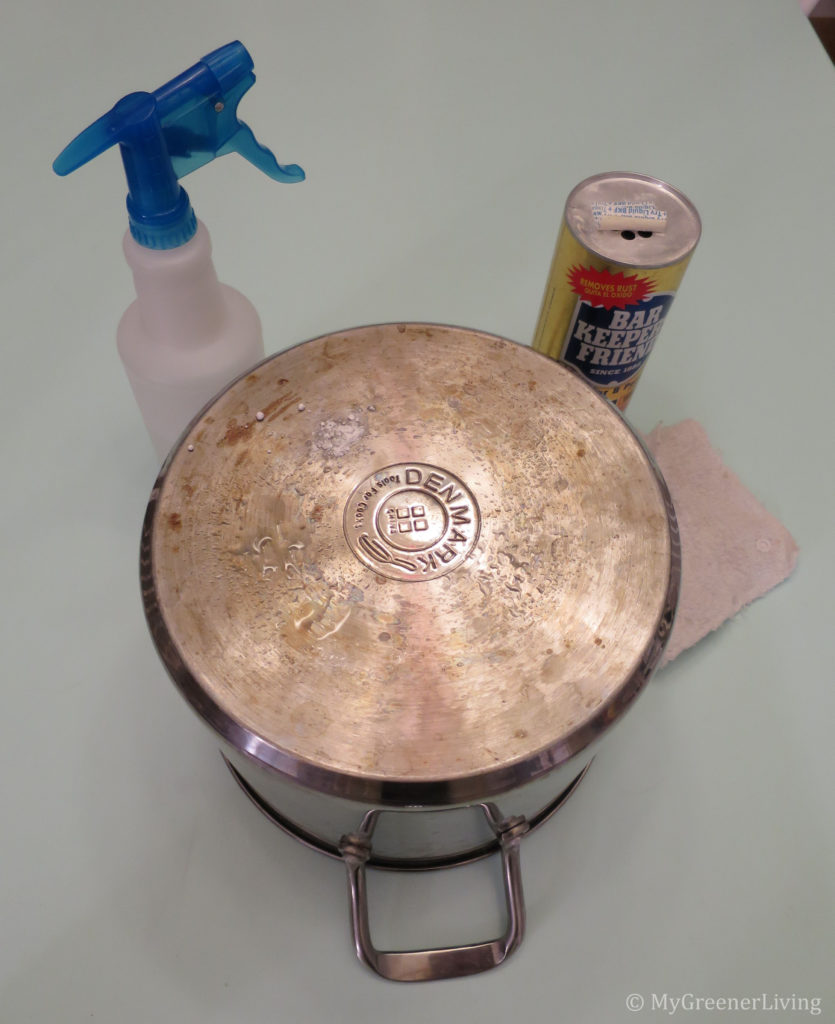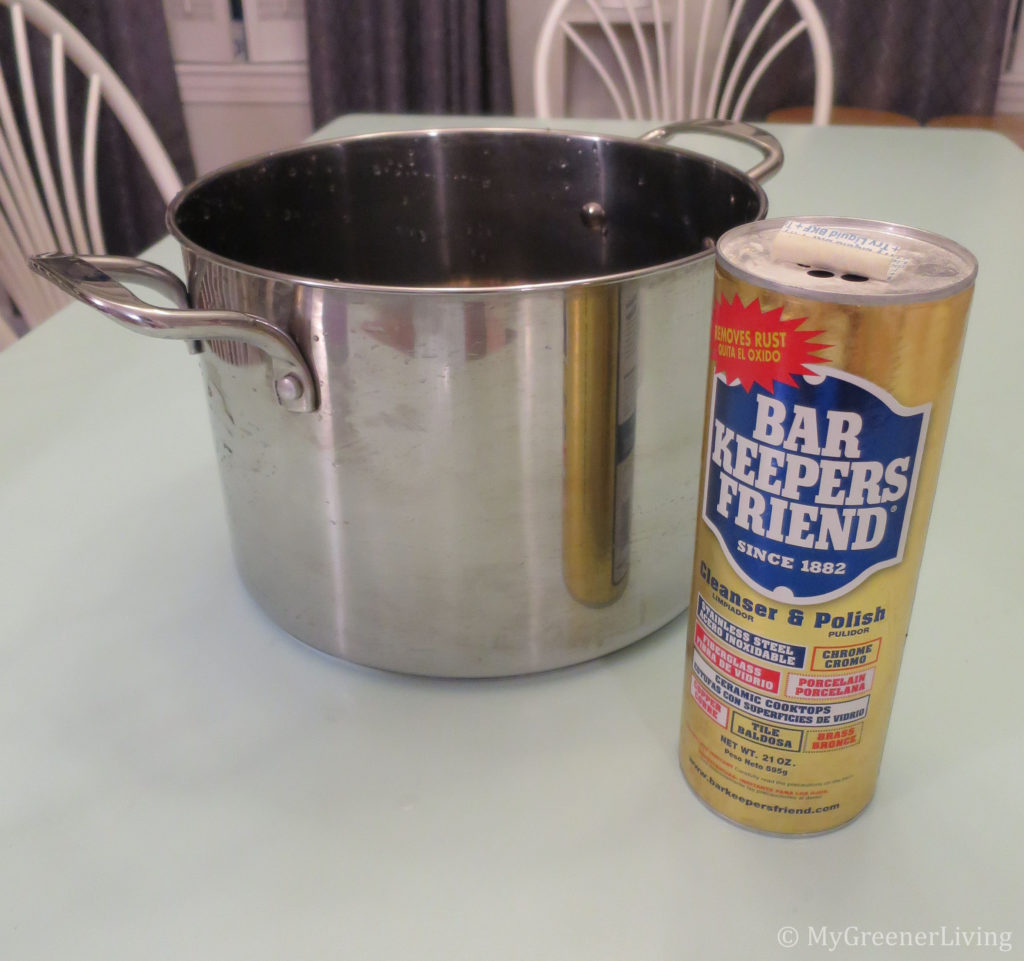Last year I wrote about more environmentally friendly ways to dry laundry, and mentioned that I had never tried wool dryer balls. There is a lot of buzz online about these dryer balls. But I am allergic to wool, so I avoided them. Until a couple months ago.
Disclaimer: This post contains affiliate links. See my Disclosure Policy for more information.

My mom had been asking me about wool dryer balls for quite some time. She kept telling me that all the wool dryer balls she was finding online and in stores said “hypoallergenic” and “safe for babies.” I was still skeptical, but decided to some research. I figured if I could find a single person who said they were allergic to wool but could wear clothes dried with wool dryer balls, I would give it a try.
Well, it took me about 3 hours, but finally I found a review in Amazon that that said the reviewer had a wool allergy but could use wool dryer balls. Ok, my requirement had been met, I had to try wool dryer balls.
Organic wool dryer balls
I decided to try organic wool dryer balls – no need for me to expose my clothing to additional pesticides and synthetic chemicals. There were a lot of options on Amazon. I am not saying anything against any product, but the one I happened to get was this Sheep Soft wool dryer ball set.

Why use wool dryer balls
I have found the main benefits to using wool dryer balls are that they:
- speed dry time
- can scent laundry when used with essential oils
- are reusable hundreds of times
- are 100% natural, compostable
- leave no wax that will coat lint collector and reduce air flow
Dryer sheet replacement
Wood dryer balls are typically considered a replacement to disposable dryer sheets. A few drops of essential oils can be added to the wool dryer balls to lightly scent linens, similar to a disposable dryer sheet. The main benefit is that with dryer balls instead of dryer sheets, no synthetic chemicals are added to the laundry. Additionally, the dryer balls are reusable for hundreds or thousands of washes. At my current rate of 1-2 loads of laundry per week, this one set will last me 5-10 years! There is virtually no waste with wool dryer balls, and when they eventually need disposal, they are compostable! Another bonus of swapping out wool dryer balls for dryer sheets is that there is no more wax coating the dryer lint collector mesh. This reduces air flow through the dryer and uses more energy to dry – more on this in another post!

Wool dryer balls to speed dry times
The dryer balls can help move the linens around in the dryer, helping to dry clothing faster. Basically, the wool dryer balls work their way between layers of clothes, sheets, towels, etc. in the dryer and help get air flowing over more surfaces of the linens. This helps the clothing dry faster. When the clothing dries faster, the dryer runs for a shorter time, so less energy is used to dry the same load of laundry. Time saver and energy saver!
Dissipating static in the dryer
The wool dryer balls seem to help dissipate a little static. However, I still use the wash cloth with safety pins to help dissipate static in my dryer. It’s simple and was essentially free – I had an old washcloth and a package of safety pins – and it’s the most effective static dissipator I have used. Alternately, you could attach a safety pin to one or more of the dryer balls to have the same effect.
Another way to reduce static is to separate natural and synthetic fabrics, and dry separately. Synthetics dry faster and generate static when they’re fully dry. I air dry many of my synthetic fabrics like dress shirts and workout clothes. I use the wool dryer balls in my loads of cotton – clothing, towels and sheets – and I have very little to no static.
How I use wool dryer balls
To use my wool dryer balls, I toss (or place) them in the dryer with my laundry. I currently own 4, and use all 4 in each load of laundry. I plan to purchase more, and use 6-8 in each load of laundry to further speed dry times. I use wool dryer balls with small or medium loads of laundry. This allows the linens and dryer balls plenty of space to bounce around and get good air flow all around, which improves dry time. Yes, sometimes I have large loads of laundry. But after separating synthetics to air dry, the remaining cotton laundry is small-medium. I usually air dry towels and sheets. When I employ my natural laundry drying methods, the amount that goes into the dryer never completely fills it.
I have used wool dryer balls when drying light colored clothes, dark colored clothes, sheets, towels, and mattress pads. I didn’t notice fibers on any of the linens. Some people have complained of white wool fibers on dark clothing…so someone created a solution! While a little less common than the off-white colored ones, there are grey dryer balls that could be use if concerned about fibers on dark linens. However, all the grey dryer balls I found were either dyed grey or did not specify, so I prefer the natural, dye-free white ones.
After using wool dryer balls in the dryer, I remove them with the laundry and allow the dryer balls to air dry on my dryer, in their cute cotton carry bag. I am careful to check the clothing and linens to find all the dryer balls. They like to get themselves stuck in jacket sleeves and pant legs. One of my wool dryer balls is currently hiding, likely in some clothing in my closet.

Wool allergies
I have very sensitive skin. In the past I got contact dermatitis on my legs, through cotton pants, from sitting on a bed where cats had slept. I am also allergic to wool. Since allergens in cat dander had passed through my cotton clothing to my skin, I was very concerned that I would be allergic to clothes and other linens that bounced all around my dryer with these wool dryer balls.
I am happy to report that I have not had any sensitivities from using wool dryer balls. I have slept on sheets dried with wool dryer balls. I have dried myself with towels dried with wool dryer balls. I have wiped my eyes using a wash cloth dried with wool dryer balls. I have worn yoga pants dried with wool dryer balls. I have worn jeans dried inside-out with wool dryer balls in the dryer. And I have not had a single spot of irritated skin. I am not entirely sure why, but I am not allergic to wool dryer balls when used in my dryer.
Cost
A set of 6 dryer balls costs between $10 and $20 on Amazon. The Sheep Soft Organic Wool Dryer Balls that I use are (at the time of writing) $7.99 for 4.
Let’s assume I bought 2-4 packs, for $15.98. Many sites claim that the dryer balls last for “thousands” of washes. I will assume they will last 1000 washes. I do laundry 1-2 times a week. I’ll round up to 2 times/week. 52 weeks/year x 2 loads of laundry/week = 104 loads of laundry per year. 1000 dry cycles / 104 dry cycles/year=9.6 years or about 9 years and 7 months. $15.98/9.583 years = $1.67 per year. $15.98/1000=$0.01598 per load.
A quick search for dryer sheets is coming up with $8.94 for 240, $7.12 for 160, $4.92 for 120, $5.57 for 160, $9.49 for 240, $3.97 for 105. The best unit price I found was $0.03475 per sheet, or $0.0348 per load. $0.0348 x 1000=$34.75.
The dryer sheets are $34.75/$15.98=2.17 times more expensive than wool dryer balls. Plus, there are many other benefits to using dryer balls over dryer sheets. What are you waiting for? Buy yourself some wool dryer balls!
Do you have any green laundry hacks? Please share in the comments below!







